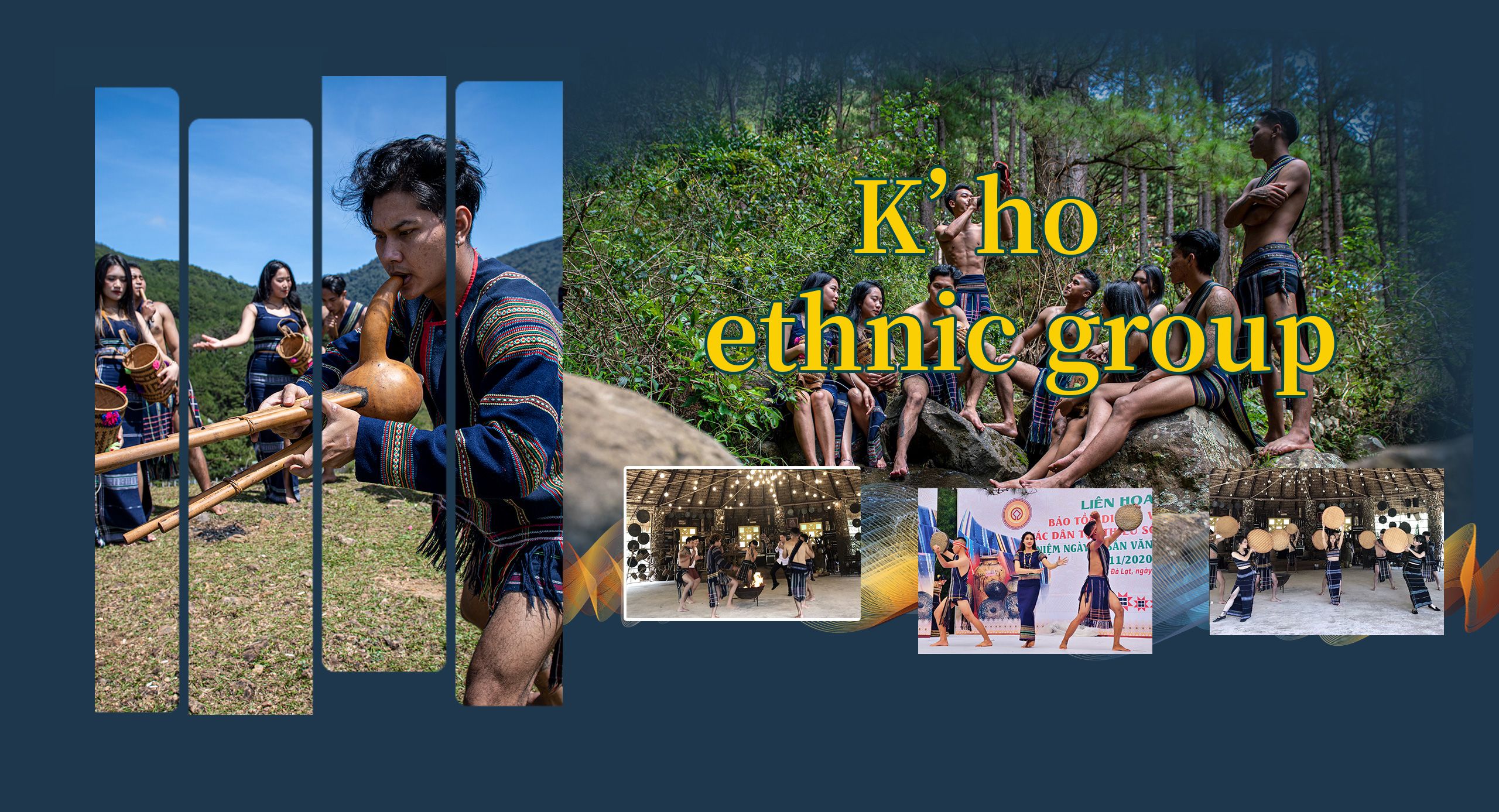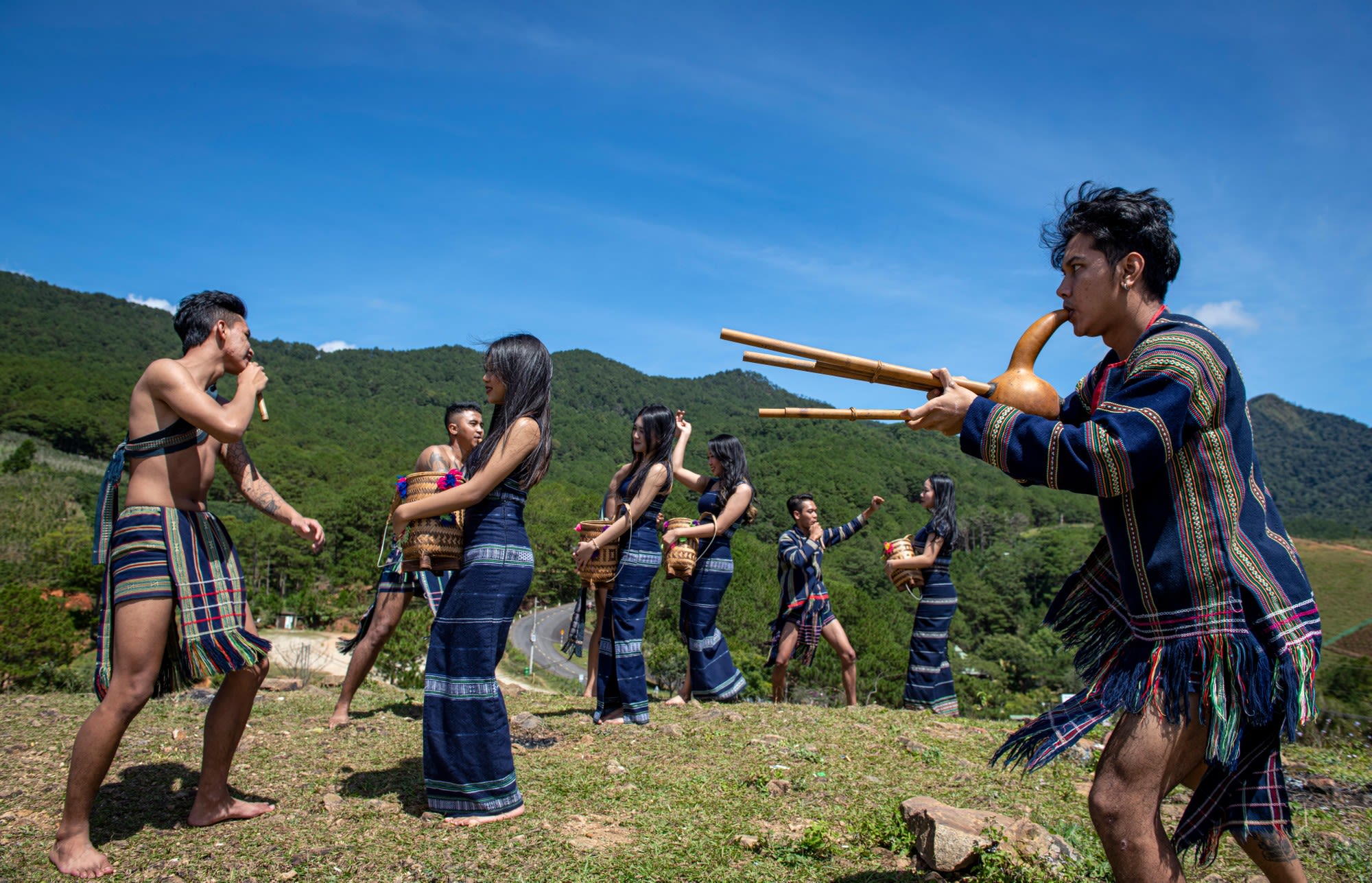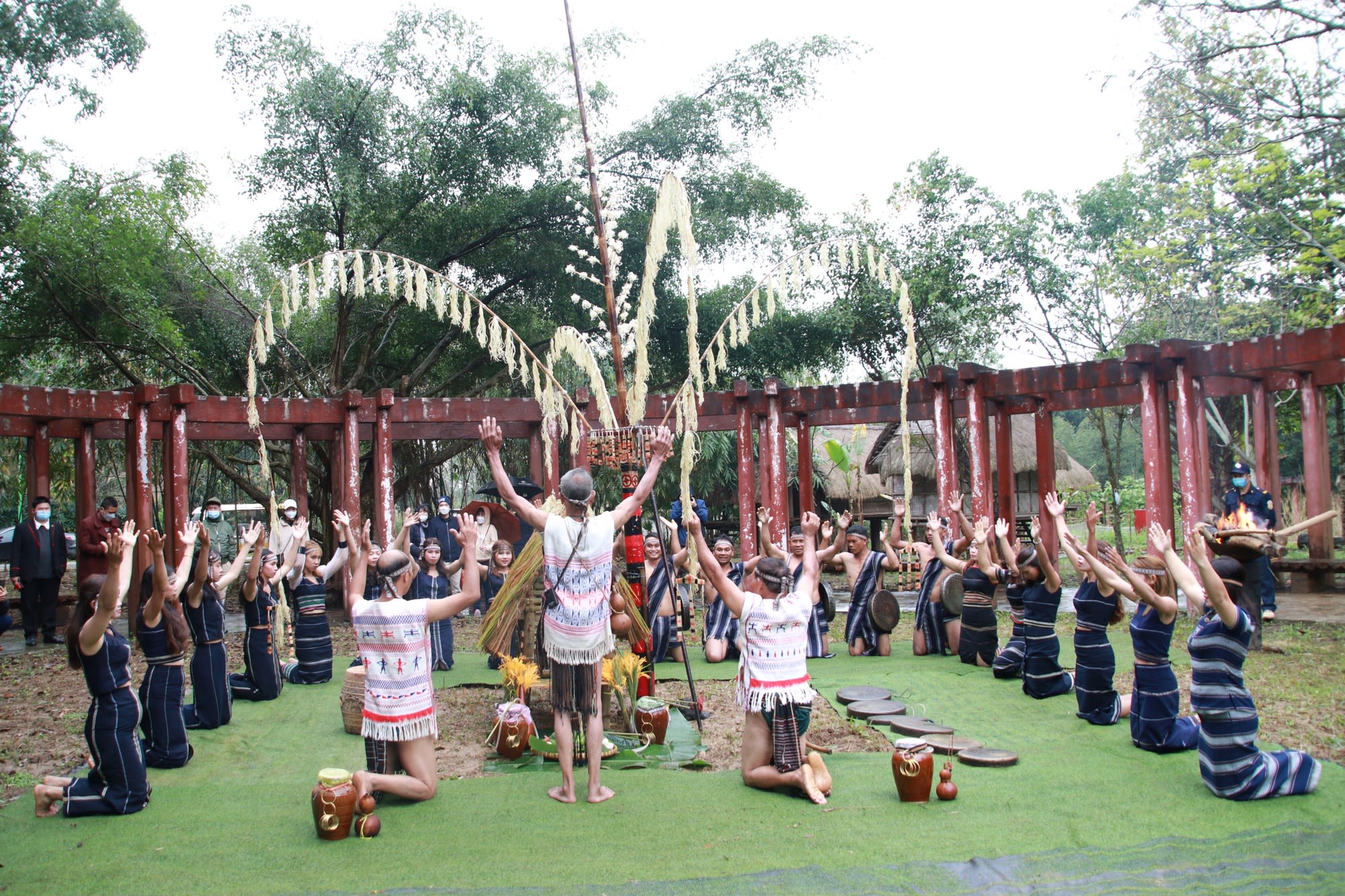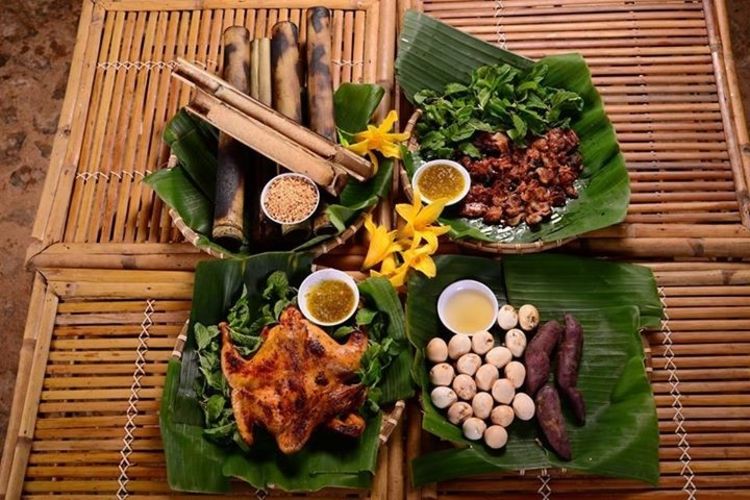
Other names: Koho, Co Ho
Language: The K'ho people speak a South Bahnaric language, which is part of the Mon-Khmer language family.
Residence: K’ho people reside in various areas, ranging from the southern part of the Central Highlands and Lam Dong Province to several mountainous regions in the provinces of Binh Thuan, Khanh Hoa, Ninh Thuan, Dak Lak, and Dong Nai.
History: According to scholars, the K’ho people are part of the Indonesian race and are co-owners of the Sa Huynh Culture. The K’ho group has been in existence for around 2,500 years, making them the oldest local group in the Central Highlands.
K’ho ethnic group
As the co-owners of the Sa Huynh Culture, the K’ho people have lived in the Central Highlands for a long time, creating a unique culture of their own.
1. Origin
According to scholars, the K’ho people are part of the Indonesian race and are co-owners of the Sa Huynh Culture. The K’ho group has been in existence for around 2,500 years, making them the oldest local group in the Central Highlands.
2. Geographical distribution
The K’ho people reside in various areas, ranging from the southern part of the Central Highlands and Lam Dong Province to several mountainous regions in the provinces of Binh Thuan, Khanh Hoa, Ninh Thuan, Dak Lak, and Dong Nai.
3. Language and population
- Population: According to a survey of 53 ethnic minority groups in 2019, the K’ho ethnic group has a population of 200,800, including 98,569 men and 102,231 women. The average number of persons in a household is 4.5, and 88.9% of the population live in rural areas.
- Language: The K'ho people speak a South Bahnaric language, which is part of the Mon-Khmer language family.
4. Main features
-Social institutions: The K’ho people reside in long houses, known as “hiu jong” that are built adjacently to each other in villages called “bon.” These K’ho villages are densely populated, and each is led by a highly respected individual known as a “kuang bon/quang bon/khoa bon.”
Additionally, in regions with high population densities, K’ho villages form voluntary alliances, and their leader is called a “M’drong”.
In K’ho society, there are two forms of family: large family and small family. K’ho families follow a matriarchal system.
- Housing: The K’ho people reside in long stilt houses as well as ground-level houses.

Photo by Thanh Dat
Photo by Thanh Dat
- Religion and belief: The K’ho people hold the belief that all aspects of life are governed by supernatural forces. According to their spiritual beliefs, one side is represented by yang, consisting of gods who bestow blessings upon people, while the other side is cha, comprising evil spirits who bring bad luck to individuals. Due to these beliefs, K’ho people make offerings to the gods during important life events, including cultivating fields, weddings, funerals, and illnesses. The K’ho people's belief system is polytheistic.
Like many other ethnic groups in the Central Highlands, the K’ho people have abandoned some of their traditional customs since adopting Christianity, including the practice of making offerings to the god of rice and other deities.

The rice harvest festival of the K’ho people in Lam Dong Province. (Photo: Vietnam National Village for Ethnic Culture and Tourism)
The rice harvest festival of the K’ho people in Lam Dong Province. (Photo: Vietnam National Village for Ethnic Culture and Tourism)
- Costumes: K’ho men typically wear loincloths, and women wear short dresses. The loincloth is a broad piece of cloth, measuring 1.5-2 meters in length and featuring patterns along vertical strips, while the dress is a piece of cloth wrapped around the body, usually black with strips of white patterns. In colder weather, K’ho people wear an additional layer of a blanket to keep themselves warm.
The K’ho people have a tradition of stretching their ears using wooden rings, while wealthier women may use ivory for the same purpose. Additionally, the practice of blackening teeth is relatively common among K’ho women.

Dishes of K’ho people in Lam Dong Province. (Photo: Bao Dan toc va Phat trien)
Dishes of K’ho people in Lam Dong Province. (Photo: Bao Dan toc va Phat trien)
- Food: Rice is the primary staple food of the K’ho people. During special occasions, they prepare special dishes by cooking meat, bones, guts, and livers of the sacrificial animal in a large bronze pot with various seasonings. Straw liquor is a popular beverage among the K’ho people, particularly during significant events. Additionally, the K’ho people have a tradition of smoking and chewing betel nuts.
- Education: During the early 20th century, the K’ho people adopted a writing system based on the Latin alphabet. However, it is not widely used today.
According to a survey of 53 ethnic minority groups in 2019, the rate of literacy among those aged 15 and above is 75%, the primary school attendance rate is 99.8%, the secondary school attendance rate is 80.3%, and the high school attendance rate is 34.3%. The rate of children not attending school is 22%.
- Festivals: The K’ho people celebrate many festivals throughout the year, the most significant of which is the rice harvest festival. Additionally, the K’ho people hold their water buffalo stabbing festival every three or seven cultivation seasons.
5. Economic conditions
The primary economic activity of the K’ho people is slash and burn agriculture, except for the Xre sub-group, which is mainly involved in wet cultivation. The K’ho people use farming techniques and instruments similar to those of other ethnic groups in the Central Highlands. They grow a mix of different plants in their fields.
In addition to agriculture, the K’ho people also engage in hunting, fishing, animal husbandry, and gathering food from the forests. They are skilled in various handicrafts, including bamboo and rattan weaving, embroidery, and making farming tools. Pottery-making is the most popular and thriving trade among the K’ho people.
The unemployment rate among the K’ho is 0.64%. The rate of skilled workers is 6.1%. The proportion of non-farming workers is 8.8%. The poverty rate is 12.1%. It is estimated that 90.2% of the K’ho people have access to clean water and that 99.8% have access to grid electricity.